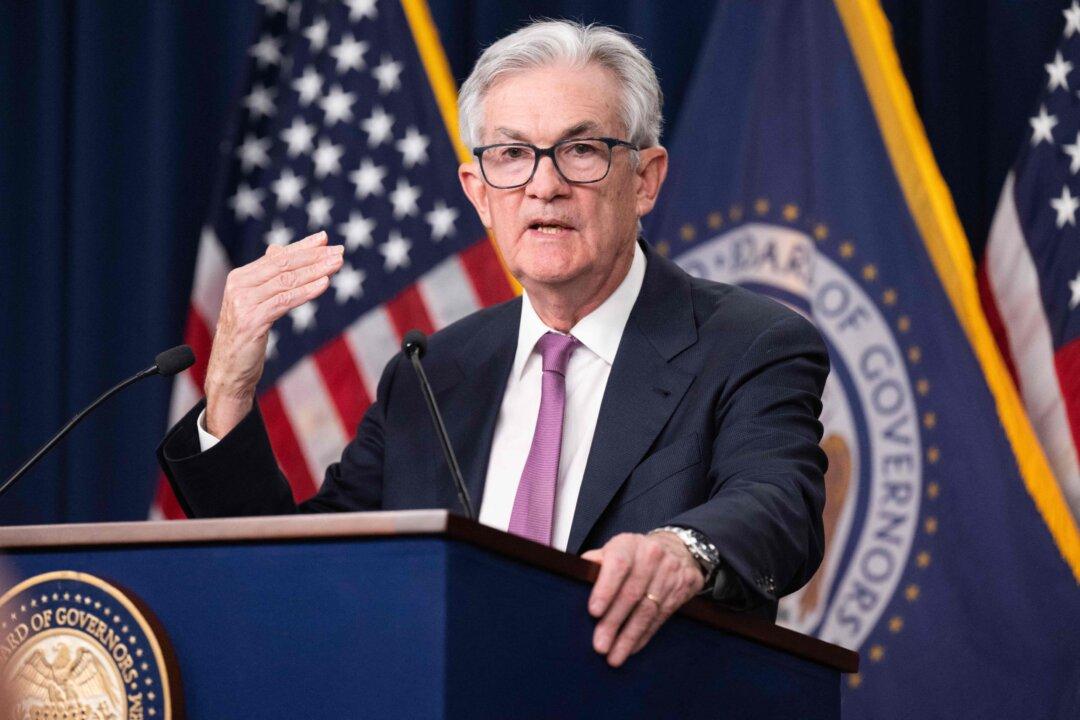Federal Reserve chairman Jerome Powell on Wednesday criticized the management of Silicon Valley Bank (SVB) for poor risk management, alleging that bank executives sought to grow the bank’s business quickly while inadequately hedging against liquidity and interest-rate risks.
Powell made the remarks at a press conference Wednesday that followed the Federal Reserve’s decision that it was raising its benchmark interest rate by 25 basis points to quash high inflation even as the banking sector faces stress related in part to high interest rates.





